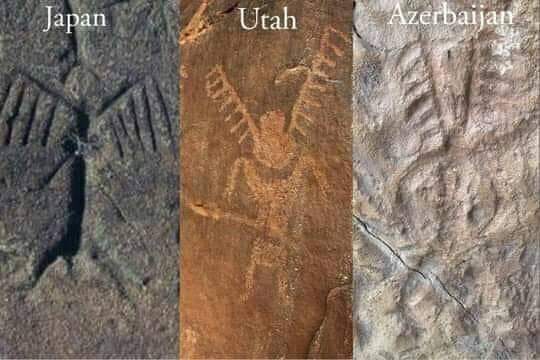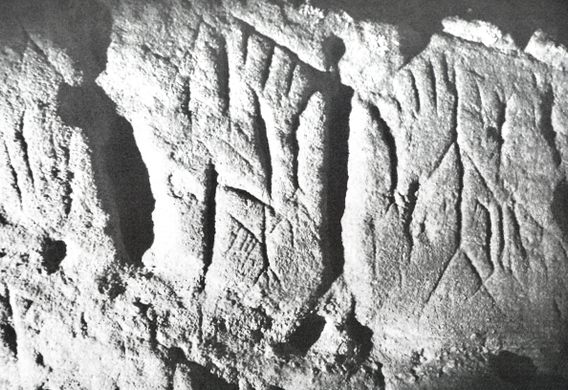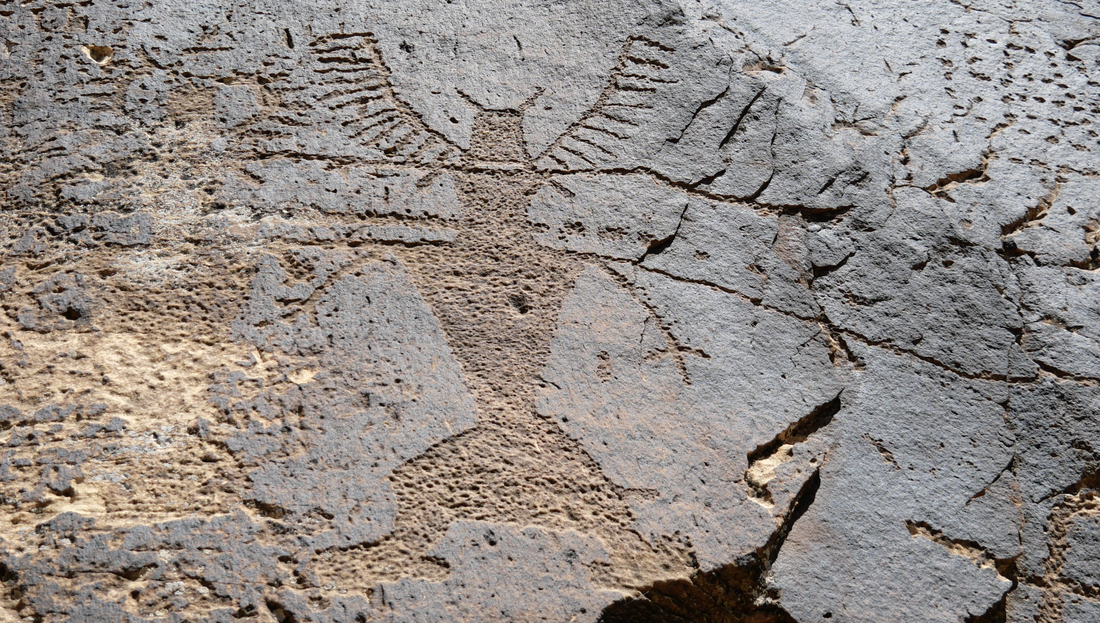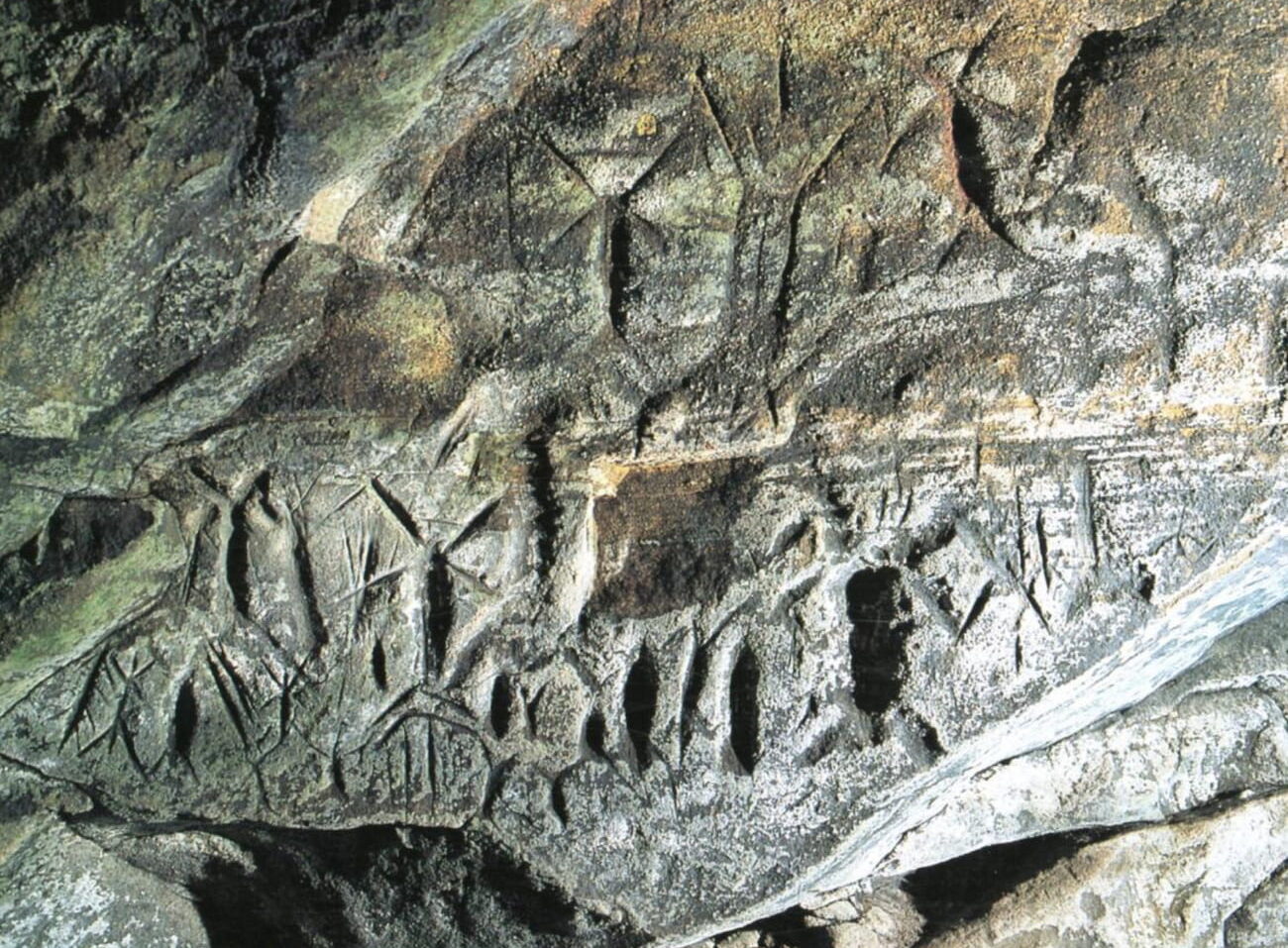The presence of winged or flying human figure petroglyphs in Japan, Utah (USA), and Azerbaijan offers a unique lens into the shared or interconnected beliefs of ancient cultures. These carvings, despite originating in geographically distant and culturally distinct regions, exhibit striking similarities that provoke questions about their meaning, origins, and possible cultural diffusion.

Table of Contents
ToggleAncient Sites of the Winged Figures
1. Fugoppe Cave, Japan
Dating back approximately 7,000 years, the petroglyphs in Fugoppe Cave depict anthropomorphic figures with wings. These images are associated with the Jōmon period, an era known for its deep spiritual and animistic beliefs. Scholars suggest that these carvings could symbolize divine beings or aspirations of flight, reflecting humanity’s long-standing fascination with transcending earthly constraints.

2. Nine Mile Canyon, Utah, USA
Referred to as the “world’s longest art gallery,” this canyon hosts rock art created by the Fremont culture and later the Ute people. The winged human figures, dated to 950–1250 AD, are believed to represent spiritual or celestial beings. This interpretation aligns with indigenous cosmology, where figures with wings often symbolize the connection between the earthly and the divine realms.

3. Gobustan, Azerbaijan
The Gobustan Rock Art Cultural Landscape, a UNESCO World Heritage site, holds some of the oldest examples of petroglyphs, dating back as far as 10,000 years. The winged human figures found here are thought to have been part of shamanistic practices or early depictions of supernatural beings, blending human forms with ethereal qualities. Located near ancient trade routes, Gobustan may also have served as a cultural hub, facilitating the exchange of artistic and symbolic ideas.

Shared Symbolism or Cross-Cultural Connections?
The similarities among these petroglyphs raise significant questions about their origins and meaning. Two major theories attempt to explain this phenomenon:
Independent Development
The universal human experience offers one explanation. Across diverse cultures, wings often symbolize freedom, ascendancy, or a connection to the divine. Birds, being the primary creatures capable of flight, likely inspired myths of celestial messengers or supernatural beings in many societies. This suggests that the winged figures may have developed independently but reflect a common theme in human imagination.
Cultural Diffusion
Alternatively, these similarities could stem from transcontinental interactions. Ancient trade routes, migration, or shared oral traditions might have facilitated the spread of symbolic motifs across regions. For example, Gobustan’s proximity to early trade networks could explain its influence on or adoption of artistic styles by other cultures.
Implications for Ancient Humanity
These petroglyphs challenge the perception of ancient civilizations as entirely isolated. They hint at a possible interconnectedness or, at the very least, a shared human yearning to transcend physical limitations and explore celestial realms. The recurring motif of winged beings may represent humanity’s attempts to conceptualize the divine or imagine powers beyond their understanding.
Future Exploration and Research
Further investigation through comparative studies, dating techniques, and archaeological surveys could uncover more about the origins and spread of these motifs. Such research may reveal whether these petroglyphs are evidence of early global exchanges or merely a testament to the universality of human creativity and spirituality.
These ancient artworks remain a profound reminder of our shared heritage, offering insights into how early humans sought to understand their place in the cosmos.

